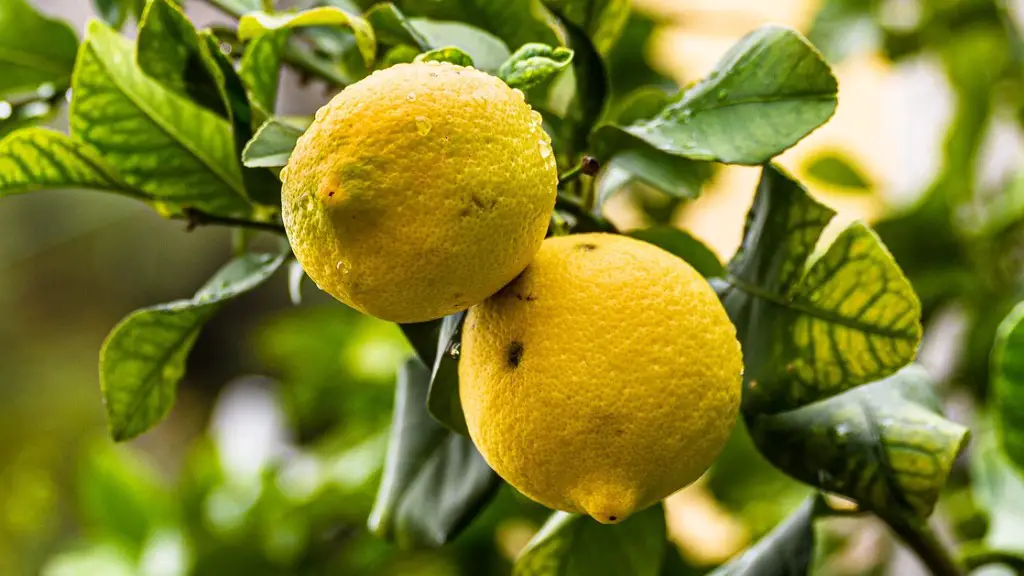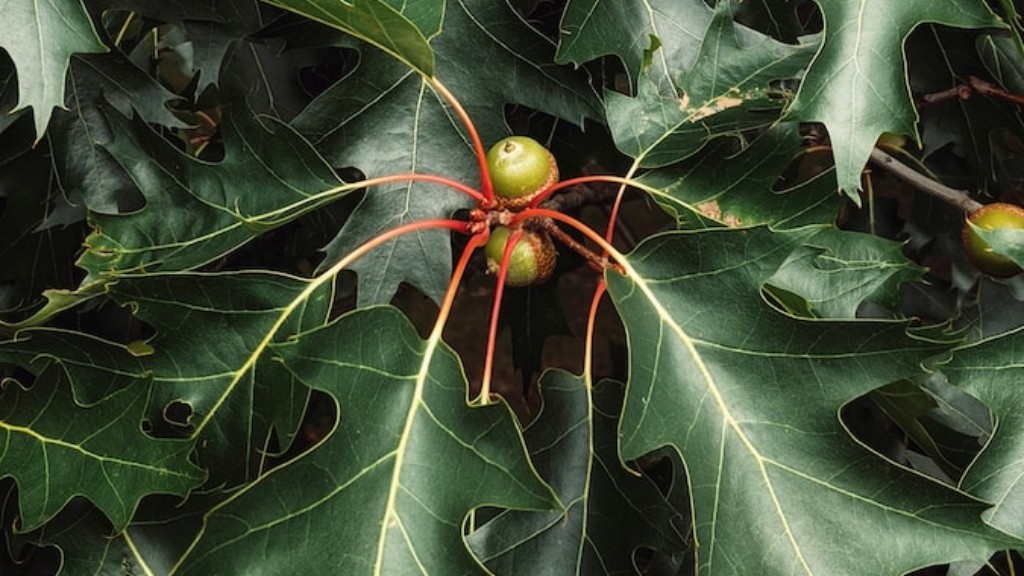Palm trees can present a difficult choice for homeowners living in areas with cold winters. Without special care, winter temperatures can damage the trees, leaving them vulnerable to disease and pests for the following season. Providing winterized care for palm trees is a great way to protect them from icy winter temperatures. But when should this wrap process begin and when should it end?
For most cold climates, covering a palm tree should begin in late October or early November and end after the last freeze of spring. This is especially important for frost-sensitive trees, such as the Chinese fan palm, which can be damaged even with temperatures as mild as 28-30°F. However, colder climates may require the tree to be wrapped earlier, while warmer climates may not need to wrap their palm trees at all. It is a good idea to consult a local nursery or garden expert to determine the right timing for winterizing your palm tree.
When wrapping a palm tree, it is important to use a tree wrap that is made of weather-proof material, such as polyethylene. Secure the wrap firmly by lightly wrapping the base of the tree trunk or using small stakes or ropes to keep the material in place. For larger palm trees, several wraps may be necessary to protect them from extreme temperatures and winds. Make sure to leave the top exposed for proper air circulation.
In addition to wrapping the palm tree, it is a good idea to provide other forms of protection, such as mulch and bird netting. The mulch will help to insulate and protect the roots from extreme temperatures, while bird netting can help to protect the tree from being damaged by birds. It is also important to keep the tree irrigated through the winter months and to check for signs of pests or disease periodically.
Palm Tree Fertilization
Fertilizing the palm tree is another important part of winter preparation. The timing and type of fertilizer will depend on the type of palm tree, and it is a good idea to consult with a local nursery or garden expert to determine the right plan for your tree. Generally, fertilizers that are higher in nitrogen are best for winter fertilization, as they will help to strengthen the tree in preparation for the coming winter months. Ensure that the fertilizer is applied evenly and not applied too close to the base of the tree, as this can damage the roots.
Monitor Soil Moisture
Monitoring the soil moisture of your palm tree is also a critical part of winter preparation. Providing enough water for the tree can help to keep it healthy during the winter months, but over-watering can also be a problem. Over-watering will lead to soil saturation and can damage the roots of the tree. The best practice is to check the soil moisture once a week, and water only when the soil is dry. Additionally, adding mulch around the base of the tree can help to keep the soil moist and insulated.
Check Foliage
Finally, it is important to regularly check the palm tree’s foliage for signs of disease or pests. While certain pests or diseases may not cause any damage during the winter months, they can weaken the tree, making it vulnerable to damage in the following season. If you see any signs of disease or pests, contact a local nursery or garden expert for advice on how to treat it.
Trim Foliage
Trimming the foliage of the palm tree is an additional step that can be taken to help winterize it. This process involves carefully removing dead or damaged leaves, as well as pruning any branches that may be overlapping. Trimming the tree can help to reduce wind drag, making it less vulnerable to damage from winter winds. It is important to use sharp pruning shears to ensure that the leaves are cleanly cut, and to avoid trimming too much at once, as this can weaken the tree.
Winterize the Roots
Winterizing the roots of the palm tree also helps to protect it from cold temperatures. The best way to do this is to add a thick layer of mulch around the base of the tree. This will help to insulate the roots and provide extra protection from extreme temperatures. Make sure to use mulch that is made for trees, such as bark or wood chips, and to avoid any type of plastic when mulching the tree.
Check the Wrap
Finally, it is important to regularly check the tree wrap through the winter months, as it can become damaged or come loose. A damaged tree wrap can leave the tree vulnerable to cold temperatures and winds, so it is important to check it regularly and replace the wrap if necessary. Additionally, make sure to remove the wrap in the late spring when the last freeze has passed, as continued wrapping can cause the tree to overheat.



